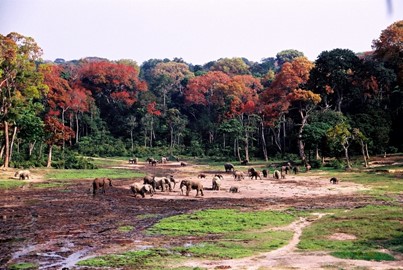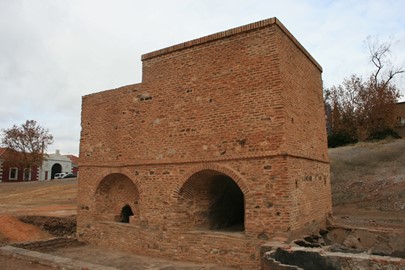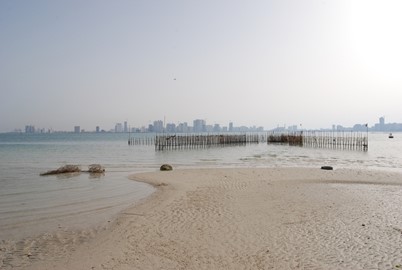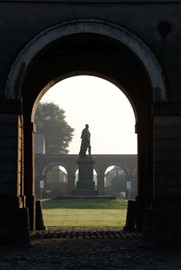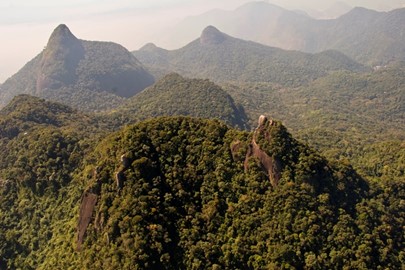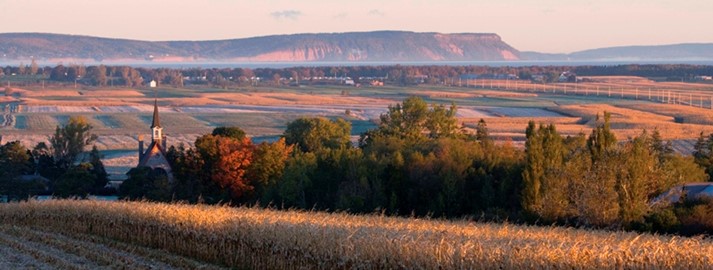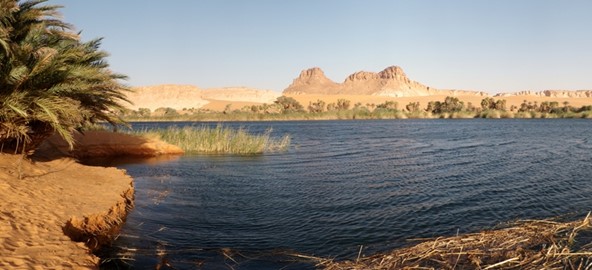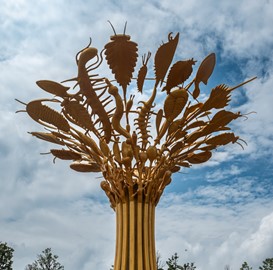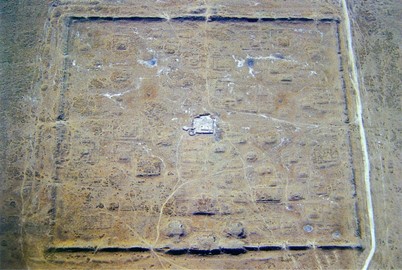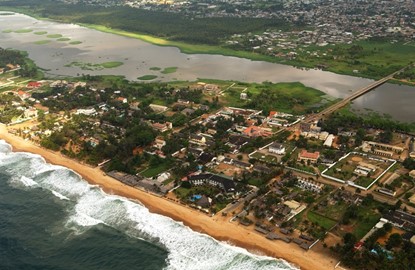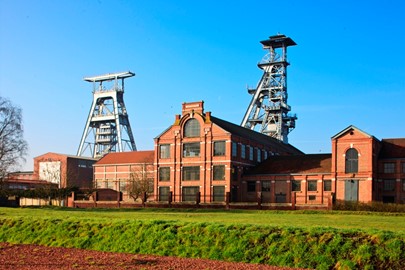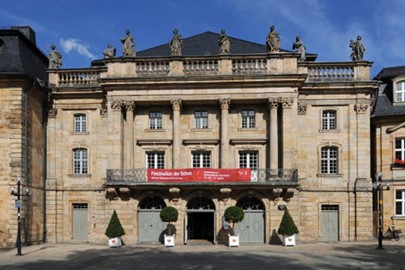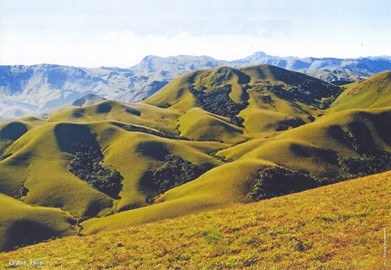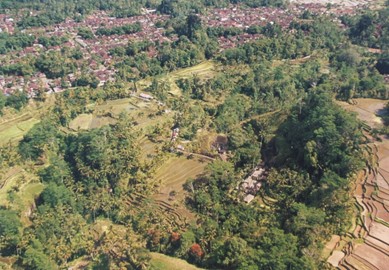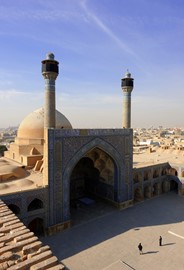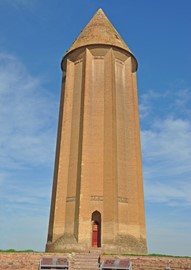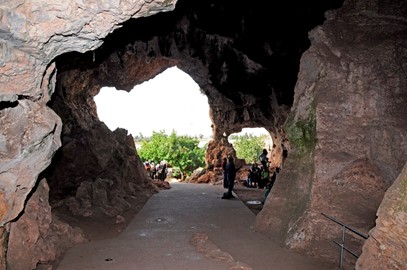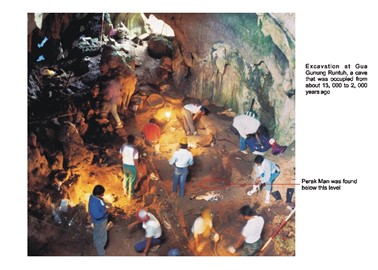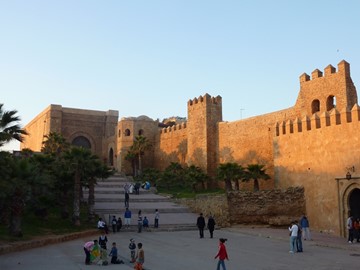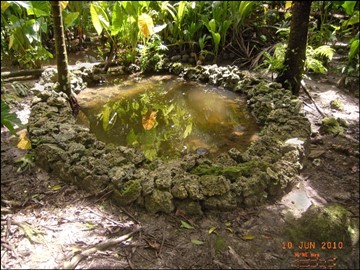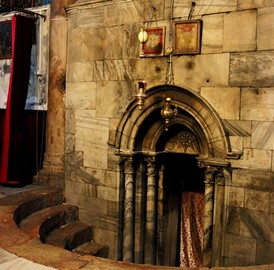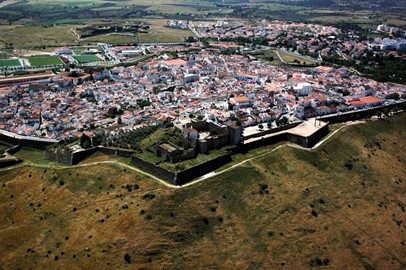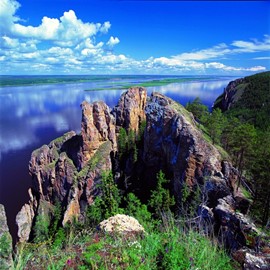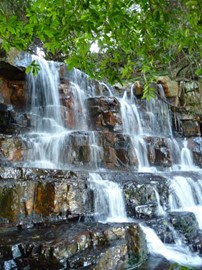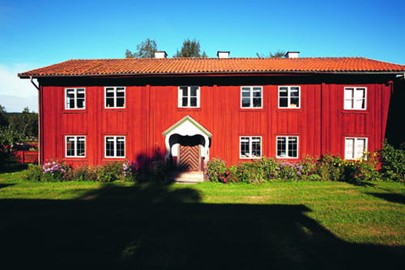year :: 2012
Sangha Trinational
Sangha Trinational, a UNESCO World Heritage site in Cameroon, Central African Republic, and Congo, recognized in 2012, is a pristine rainforest spanning three countries in the Congo Basin, celebrated for its rich biodiversity. Home to gorillas, elephants, and rare forest species, its untouched woodlands, clearings, and rivers reflect a vital ecological hotspot. This transnational site showcases Central Africa’s natural heritage, preserved through cooperative conservation across borders in a remote wildernes... Read More
Heritage of Mercury
Heritage of Mercury, a UNESCO World Heritage site in Slovenia and Spain, recognized in 2012, encompasses the historic mercury mines of Idrija and Almadén, the world’s largest, operational from antiquity to recent times. Featuring mines, smelting plants, and towns, it reflects centuries of mercury extraction that fueled intercontinental trade, notably aiding silver mining in the Americas. This transnational site showcases a unique socio-technical legacy, blending industrial innovation with cultural heritage ... Read More
Pearling
Pearling, a UNESCO World Heritage site in Bahrain, is a historic testament to the region’s centuries-old pearl-diving tradition and economic heritage. Centered around preserved oyster beds, merchant houses, and a fortress, it showcases the architecture and lifestyle tied to the once-thriving pearl industry. Traditional wooden dhows and coastal sites reflect the skill and resilience of divers who shaped Bahrain’s identity. This cultural landscape highlights the intersection of nature, trade, and human endeav... Read More
Mining Sites of Wallonia
The Major Mining Sites of Wallonia, a UNESCO World Heritage site in Belgium, are four historic coal mines that highlight the region’s industrial heritage from the 19th and early 20th centuries. These well-preserved sites, featuring pitheads, machinery, and workers’ housing, illustrate the technological and social impact of coal mining during the Industrial Revolution. Inscribed by UNESCO in 2012, they reflect Belgium’s role in Europe’s industrial development. Today, they stand as monuments to the country’s ... Read More
Rio de Janeiro
Rio de Janeiro: Carioca Landscapes between the Mountain and the Sea, a UNESCO World Heritage site in Brazil, is renowned for its breathtaking natural beauty and cultural harmony. This site features dramatic mountains, lush forests, and iconic beaches seamlessly integrated with the city’s urban fabric, including landmarks like Sugarloaf Mountain and Copacabana Beach. Celebrated as the first urban landscape honored by UNESCO for its natural setting, it reflects the unique interplay between human development a... Read More
Grand Pré
Grand Pré, a UNESCO World Heritage site in Canada, is a historic landscape tied to the 17th- and 18th-century Acadian settlers. Known for its reclaimed marshlands and dyked farmlands, it reflects Acadian ingenuity and resilience, while also marking the site of their 1755 expulsion. Recognized for its cultural and historical significance, it stands as a poignant symbol of Acadian heritage.
Lakes of Ounianga
The Lakes of Ounianga, a UNESCO World Heritage site in Chad, are a stunning cluster of 18 desert lakes sustained by ancient groundwater in the hyper-arid Sahara. Ranging from freshwater to hypersaline, their vivid colors and unique ecosystems defy the surrounding arid landscape, supporting diverse aquatic life and rare species. Recognized for their geological and natural significance, they stand as a remarkable testament to environmental resilience.
Chengjiang Fossil Site
The Chengjiang Fossil Site, a UNESCO World Heritage site in China, is a remarkable paleontological treasure preserving fossils from 520 million years ago. Known for its exquisitely detailed soft-bodied organisms, it offers critical insights into the Cambrian Explosion, a pivotal evolutionary event. This ancient snapshot of early marine life captivates scientists and highlights Earth’s biological history.
Site of Xanadu
The Site of Xanadu, a UNESCO World Heritage Site in Inner Mongolia, China, encompasses the ruins of Kublai Khan’s legendary summer capital of the Yuan Dynasty, designed in 1256 by Chinese advisor Liu Bingzhong. Blending Mongolian nomadic and Han Chinese cultures, it features remnants of palaces, temples, tombs, and waterworks, reflecting its historical role in cultural fusion and the spread of Tibetan Buddhism. Immortalized by Marco Polo’s accounts and Samuel Taylor Coleridge’s poem 'Kubla Khan,' Xanadu rem... Read More
Grand Bassam
Grand Bassam, a UNESCO World Heritage site in Côte d'Ivoire, is a historic coastal town known for its well-preserved colonial architecture from the late 19th and early 20th centuries, reflecting its past as the country's first capital. The site includes notable landmarks like the old French governor’s palace and traditional Nzima fishing villages, showcasing a blend of cultural influences. Recognized for its historical significance, it offers insight into the region’s colonial history and local heritage, ma... Read More
Nord Pas de Calais Mining Basin
The Nord-Pas de Calais Mining Basin, a UNESCO World Heritage site in France, is a historic industrial landscape shaped by over three centuries of coal mining. It features pitheads, slag heaps, and workers’ villages, reflecting the region’s economic and social history. The site preserves the legacy of the Industrial Revolution and its impact on communities. Its distinctive terrain blends human ingenuity with stark natural forms. This area offers a poignant look at France’s industrial past and its evolution.
Margravial Opera House
The Margravial Opera House, a UNESCO World Heritage site in Germany, is an exquisite example of Baroque architecture, completed in 1748 under the commission of Margravine Wilhelmine. Renowned for its well-preserved wooden interior and elaborate stage machinery, it showcases the opulence of 18th-century court culture. The theater’s intricate design and acoustics make it a standout historical venue, originally built for opera and theatrical performances. Today, it serves as a cultural landmark, attracting vis... Read More
Western Ghats
The Western Ghats, a UNESCO World Heritage Site in India, is a biodiversity hotspot renowned for its rich flora and fauna. This mountain range, running parallel to the western coast, hosts numerous endemic species, including rare plants, animals, and birds, thriving in its diverse ecosystems like tropical rainforests and grasslands. It also plays a vital role in regulating the region's monsoon climate and supporting livelihoods through its rivers and forests. Recognized for its ecological significance, it s... Read More
Bali
The Cultural Landscape of Bali, a UNESCO World Heritage site, showcases a unique blend of natural beauty and cultural heritage shaped by the Balinese Hindu philosophy of Tri Hita Karana, emphasizing harmony between humans, nature, and the spiritual realm. This living heritage is reflected in its ancient rice terraces, water temples, and traditional irrigation systems known as subak, which have sustained agricultural practices for centuries. The site exemplifies a sustainable cultural ecosystem, preserved th... Read More
Masjed e Jamé
The Masjed-e Jāmé of Isfahan, a UNESCO World Heritage site in Iran, is an architectural masterpiece showcasing the evolution of Persian mosque design. This grand congregational mosque features intricate tilework, soaring domes, and expansive courtyards, reflecting centuries of Islamic art and engineering from the 8th to the 17th centuries. Renowned for its historical and cultural value, it stands as a testament to the ingenuity and aesthetic brilliance of its builders.
Gonbad e Qabus
Gonbad-e Qabus, a UNESCO World Heritage site in Iran, is an extraordinary 11th-century brick tower renowned for its architectural brilliance and historical significance. This 53-meter-tall mausoleum, built for the Ziyarid ruler Qabus ibn Wushmgir, features a conical roof and intricate geometric design, exemplifying early Islamic engineering. Set against a striking natural backdrop, it stands as a testament to Persian cultural heritage and ingenuity.
Mount Carmel
The Sites of Human Evolution at Mount Carmel, a UNESCO World Heritage site in Israel, encompass a series of prehistoric caves revealing critical evidence of early human development. These archaeological treasures, including the Nahal Me’arot caves, contain fossils, tools, and traces of fire use spanning over 500,000 years, illustrating the transition from Neanderthals to anatomically modern humans. The site offers profound insights into the cultural and biological evolution of humanity in a Mediterranean la... Read More
Lenggong Valley
Lenggong Valley, a UNESCO World Heritage site in Malaysia, is an archaeological treasure trove showcasing human history spanning over 1.8 million years. This prehistoric site features ancient stone tools, skeletal remains, and cave settlements, including the notable Perak Man, one of Southeast Asia’s oldest human skeletons, dated to around 11,000 years ago. Its well-preserved open-air and cave sites offer critical insights into early human migration, technology, and culture in a tropical environment.
Rabat
Rabat, Morocco’s capital, is a UNESCO World Heritage site renowned for its rich history and cultural landmarks. The city features well-preserved sites like the Kasbah of the Udayas, a 12th-century fortress, and the Hassan Tower, an unfinished minaret from the same era, alongside the adjacent Mausoleum of Mohammed V. Its historic medina blends traditional Moroccan architecture with French colonial influences, reflecting Rabat’s strategic role as a coastal and political hub. This combination of ancient monume... Read More
Rock Islands Southern Lagoon
Rock Islands Southern Lagoon, a UNESCO World Heritage site in Palau, is a stunning marine landscape featuring over 400 limestone islands covered in lush vegetation, surrounded by turquoise waters and vibrant coral reefs. This unique ecosystem supports an extraordinary biodiversity, including diverse marine life, rare species like the dugong, and extensive seagrass beds. Its geological formations, shaped by ancient coral reefs and erosion, offer a glimpse into millions of years of natural history. The site a... Read More
Bethlehem
Bethlehem, a UNESCO World Heritage site in Israel, is renowned as the birthplace of Jesus Christ, making it a significant religious and historical landmark. The city is home to the Church of the Nativity, a 4th-century basilica built over the traditional site of Jesus’ birth, which attracts pilgrims and tourists worldwide. Its well-preserved ancient architecture, including monasteries and bell towers, reflects its rich cultural heritage. Bethlehem’s historical importance and sacred sites have cemented its s... Read More
Elvas
The Garrison Border Town of Elvas and its Fortifications, a UNESCO World Heritage site in Portugal, is a remarkably preserved example of a fortified frontier town. Extensively developed between the 17th and 19th centuries, it features the world’s largest bulwarked dry-ditch system, including star-shaped walls, outlying forts, and the impressive Amoreira Aqueduct, designed to sustain long sieges. Its military architecture, influenced by Dutch, Italian, and French theories, reflects Portugal’s strategic defen... Read More
Lena Pillars
Lena Pillars, a UNESCO World Heritage site in Russia, is a stunning geological formation featuring towering, naturally sculpted rock columns along a riverbank. These ancient limestone pillars, some reaching up to 150 meters in height, were formed over millions of years through erosion and weathering, offering a unique glimpse into Earth's distant past. The site also holds cultural significance, with archaeological evidence of early human activity and its revered status among local indigenous communities. It... Read More
Bassari Country
Bassari Country, a UNESCO World Heritage site in Senegal, is a well-preserved cultural landscape showcasing the traditions of the Bassari, Fula, and Bedik peoples. Nestled in a remote region, it features traditional villages with circular thatched huts, terraced fields, and sacred sites that reflect a harmonious blend of human activity and the natural environment. Recognized in 2012, this site highlights unique agro-pastoral practices, social customs, and spiritual beliefs that have endured for centuries, o... Read More
Farmhouses of Halsingland
The Farmhouses of Hälsingland, a UNESCO World Heritage site, are a collection of seven well-preserved timber farmhouses from the 19th century, showcasing a unique blend of rural architecture and folk art. Built by prosperous farmers, these homes feature elaborately decorated interiors with vibrant paintings and stencils, reflecting influences from Baroque and Rococo styles. Designated in 2012, they represent the peak of a centuries-old timber-building tradition and the social status of their owners. Many ar... Read More
